Choosing Your First Motorcycle
Selecting your starter motorcycle is an exciting experience. However, it requires careful thought and research.
Factors to Consider: Size, Style, and Power
When choosing a starter motorcycle, focus on its size, style, and power. Smaller motorcycles are easier to handle and control, making them ideal for beginners. Look for lightweight models with a lower seat height for comfort and stability.
Choose a style that matches your needs and preferences. Popular styles include cruisers, sport bikes, and standard motorcycles. Each offers different riding positions, design features, and functions. For example, cruisers are relaxed and comfortable, while sport bikes are agile and fast.
Power matters when you’re new to riding. Opt for motorcycles with lower engine capacities, typically between 250cc and 500cc. These are manageable, yet powerful enough for most situations. Avoid high-performance bikes with excessive power that may be too challenging.
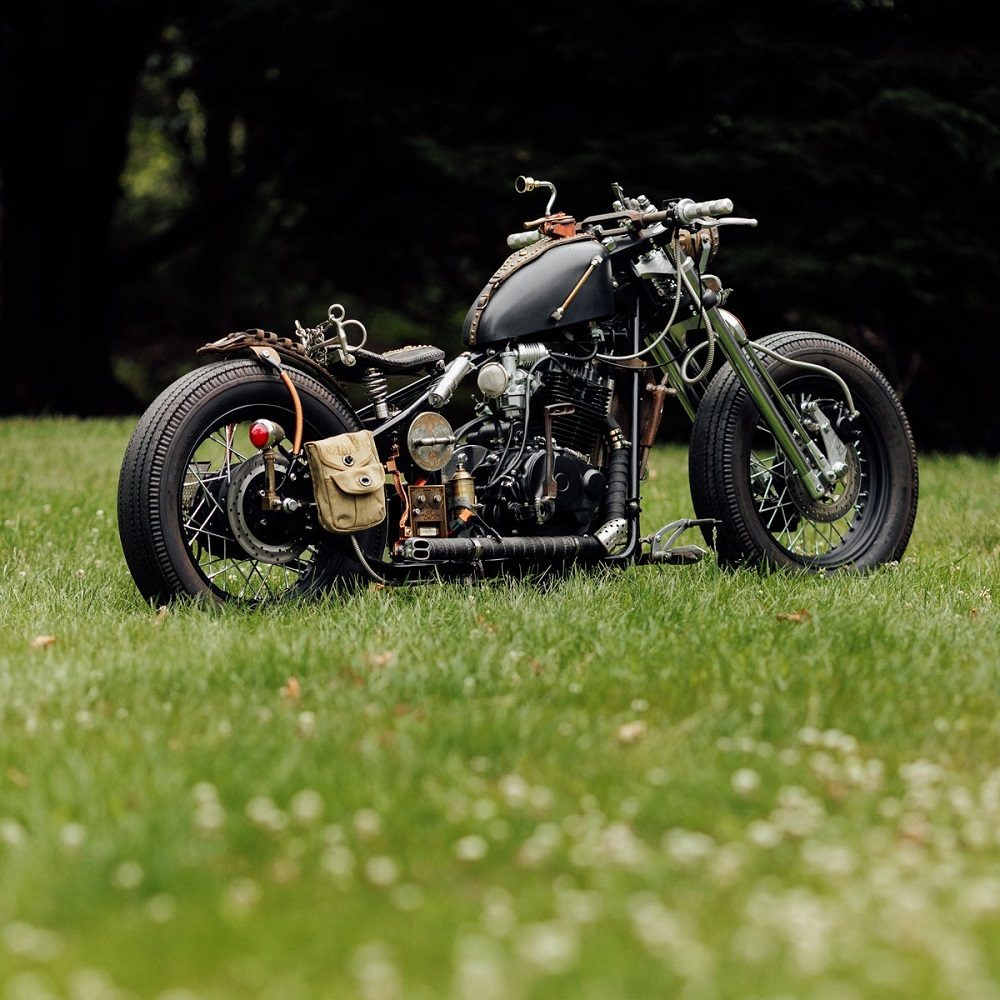
Best Motorcycle Types for Beginners
Some motorcycles are specifically designed for new riders. Standard motorcycles are versatile and user-friendly, making them great starter options. They offer a balanced riding position and straightforward controls.
Cruisers are another excellent choice for starters. Their comfortable seating positions and low seat heights boost confidence. Models like the Honda Rebel are often recommended for beginners.
Dual-purpose motorcycles are perfect if you plan to ride on mixed terrain. They are lightweight, durable, and easy to maintain.
Avoid extreme types like supersport motorcycles. They are powerful but can be risky for inexperienced riders. Stick to motorcycles that prioritize ease of handling and safety, especially for your first ride.
Budgeting for Your First Motorcycle
Managing your budget is crucial when buying your first motorcycle. It ensures you make a wise investment.
New vs. Used Motorcycles
Buying a new motorcycle offers several advantages. New bikes come with warranties and are free from wear. You can trust their performance and reliability.
However, used motorcycles are more affordable. Beginners may find these a budget-friendly choice. Check their condition thoroughly before purchasing. Look for signs of wear, damage, and service records.
Consider your goals and preferences. New motorcycles suit long-term use, while used ones save costs.
Cost Considerations: Purchase, Maintenance, and Insurance
The purchase cost is just the start. Maintenance expenses add up over time. Budget for regular services like oil changes and brake checks.
Insurance is another vital factor. Starter motorcycles often have lower insurance premiums. Compare plans to find affordable options.
Think about accessories and gear too. Helmets, gloves, and jackets are essential for safety.
To make a smart purchase, understand all costs upfront. This avoids surprises later and keeps your investment secure.
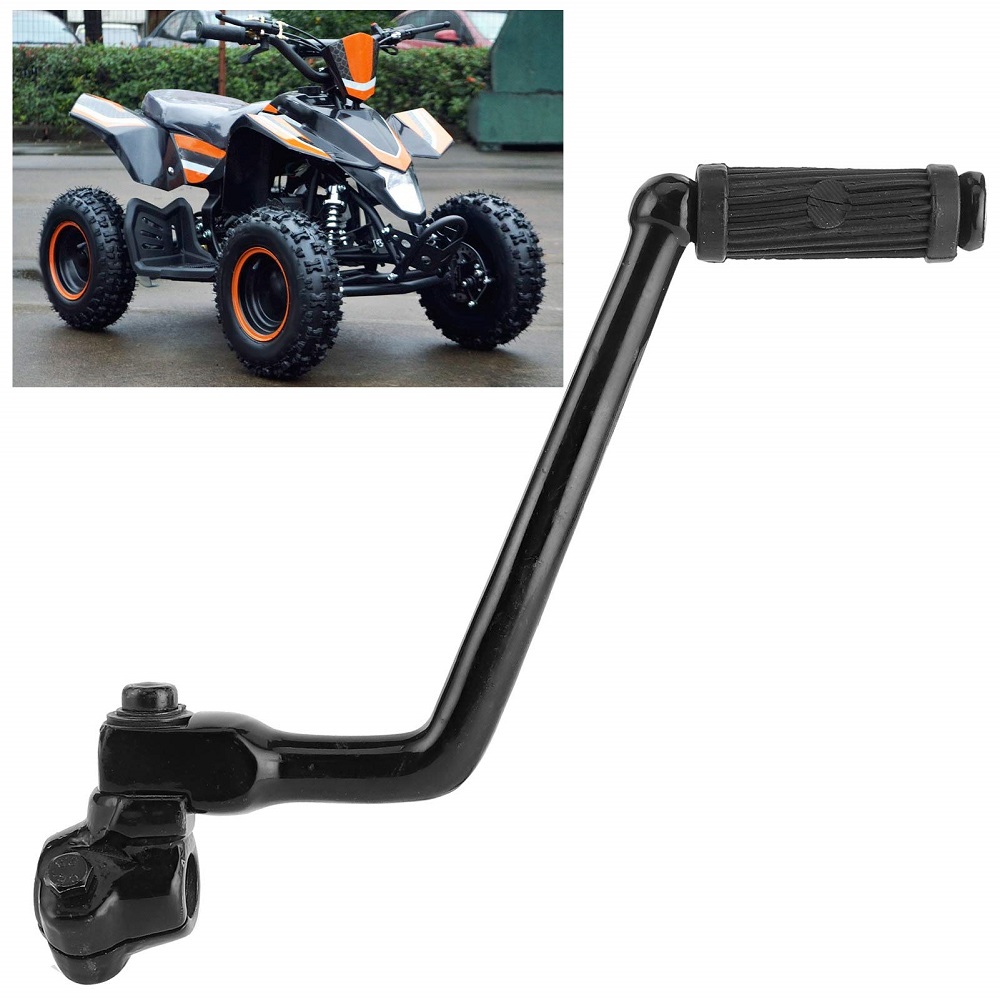
Essential Safety Gear for Riders
Safety gear protects riders from injuries and enhances riding comfort. It is essential for all.
Importance of Protective Equipment
Protective equipment reduces the risk of harm during accidents. It is vital for safe riding practices.
Wearing safety gear improves confidence while riding, making you focus more on the road.
It protects critical body areas, such as the head, hands, and feet, during unexpected incidents.
Every rider should invest in high-quality protective equipment. It is a life-saving priority.
Helmets, Jackets, Gloves, and Boots
Helmets:
Helmet is the most important safety gear. They protect the head during collisions.
Choose a helmet that fits snugly and meets safety standards. Full-face helmets offer maximum protection.
Jackets:
Motorcycle jackets protect the upper body. They reduce impact in case of a fall.
Select jackets made of durable material like leather or Kevlar for safety and comfort.
Gloves:
Gloves shield your hands during riding. They improve grip and protect from abrasions.
Opt for gloves with reinforced palms and breathable fabric for comfort and durability.
Boots:
Your boots safeguard your feet and ankles. They provide stability while riding.
Pick boots specially designed for riders. They should have anti-slip soles and ankle support.
Invest in reliable safety gear to enjoy your rides securely while minimizing risks.
Learning to Ride Safely
Riding a motorcycle requires learning safe and proper techniques. This ensures enjoyable and secure experiences.
Motorcycle Training Courses
Motorcycle training courses are vital for new riders. They teach essential skills and safety basics.
- Professional Instruction: Courses are taught by certified instructors who emphasize safe riding habits.
- Basics of Riding: You’ll learn how to mount, balance, and operate a motorcycle confidently.
- Traffic Awareness: Training includes road signs, traffic rules, and defensive driving techniques.
- Emergency Maneuvers: You’ll practice braking, swerving, and avoiding hazards in controlled environments.
Completion often guarantees a license endorsement or reduces insurance premium costs.
Understanding Basic Riding Techniques
Knowing fundamental riding techniques boosts safety and confidence on the road.
- Mounting and Dismounting: Always mount from the left and hold the handlebars firmly for stability.
- Starting and Stopping: Gradually release the clutch and gently press the throttle to move. Brake smoothly to stop.
- Turning: Slow down before turns and look where you want to go. Use countersteering for sharp turns.
- Shifting Gears: Learn to shift up and down gears smoothly for proper speed control.
- Maintaining Balance: Sit upright with both feet on the footpegs. Avoid sudden movements to stay stable.
Practice these techniques regularly to improve your skills and enjoy a safer riding experience.
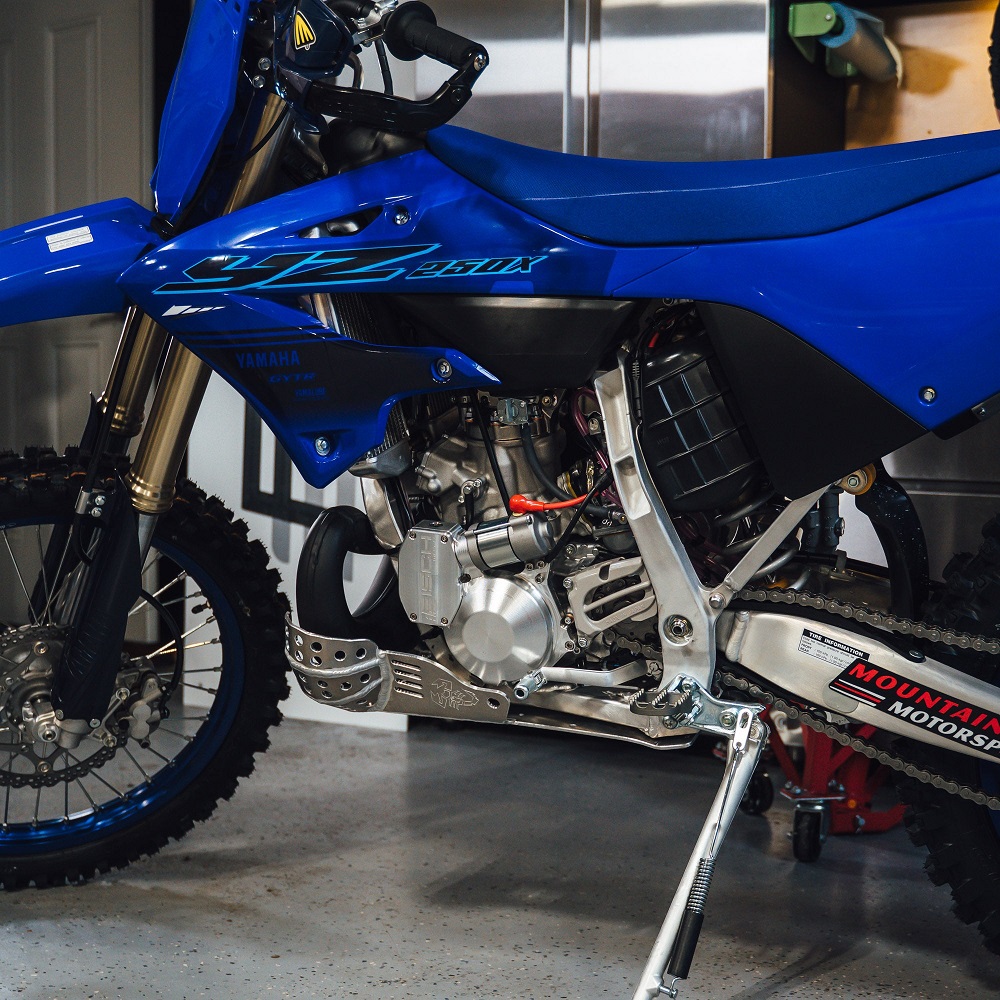
Maintenance Tips for Your Starter Motorcycle
Taking care of your starter motorcycle ensures smooth rides and a longer lifespan for your bike. Regular checks and proper servicing prevent issues and keep your bike in top shape.
Regular Maintenance Checklist
Staying on top of motorcycle maintenance is critical for safety and performance. Follow this checklist:
- Inspect Tires: Check tire pressure and tread regularly. Replace worn tires for better grip and control.
- Check Fluids: Monitor engine oil, coolant, and brake fluid levels. Replace or top off when necessary.
- Clean and Lubricate Chain: Keep the chain clean and properly lubricated to extend its life and efficiency.
- Test Brakes: Inspect brake pads and brake lines. Replace pads if they’re worn out.
- Battery Care: Ensure connections are clean and battery is charged. Replace old batteries promptly.
- Lights and Signals: Test headlights, taillights, and indicators for functionality. Replace bulbs if needed.
- General Inspection: Look for loose bolts, cracks, or unusual sounds. Fix these before they become bigger problems.
Perform these checks monthly or before long rides to maintain safety and performance.
DIY vs. Professional Servicing
For motorcycle maintenance, you can choose between do-it-yourself (DIY) tasks or professional servicing. Here’s how to decide:
DIY Maintenance:
- Handle basic tasks like cleaning, tire pressure checks, and chain lubrication.
- Saves money and teaches you more about your bike.
- Requires basic tools and a bit of mechanical knowledge.
Professional Servicing:
- Complex jobs like engine tuning, brake repairs, or electrical issues need expert skills.
- Ensures thorough checks and repairs by certified mechanics.
- Recommended if you lack experience or confidence in handling repairs.
Combine DIY care with professional servicing for a balanced maintenance routine. This keeps your starter motorcycle in excellent condition for years.
Common Mistakes Beginners Make and How to Avoid Them
Riding a starter motorcycle can be thrilling but also challenging. Many beginners make crucial mistakes that may impact their safety and overall experience. Knowing these errors helps you avoid them and ride with confidence.
Overestimating Skill Level
- Pushing Limits Too Soon: Beginners often try advanced techniques before mastering basics. Focus on gradual skill-building.
- Riding High-Powered Bikes: Overestimating your abilities can tempt you to choose powerful motorcycles, which are harder to control.
- Skipping Practice: Riding experience comes with practice. Avoid skipping beginner-friendly training sessions.
- Ignoring Weather Conditions: New riders may feel confident under unfavorable weather, leading to risky situations.
- Overconfidence: Stay humble and cautious. Overconfidence often leads to mistakes or accidents.
How to Avoid:
- Start with low-powered motorcycles and upgrade gradually.
- Practice skills regularly in safe spaces.
- Ride in favorable conditions until more experienced.
Neglecting Safety Precautions
- Skipping Safety Gear: Many beginners overlook helmets, gloves, and jackets, risking injuries in accidents.
- Ignoring Pre-Ride Checks: Forgetting to inspect tires, brakes, and fluids can lead to mechanical issues on rides.
- Poor Riding Posture: Incorrect posture affects balance and control, especially for newbie riders.
- Tailgating Other Vehicles: Keeping too close to other vehicles reduces reaction time during emergencies.
- Dismissing Traffic Rules: Beginners sometimes neglect road signs and rules, increasing the chance of collisions.
How to Avoid:
- Always wear protective gear before riding.
- Perform pre-ride safety checks to ensure your motorcycle is in good condition.
- Maintain appropriate riding posture and follow traffic rules strictly.
Understanding these common mistakes and their solutions will make your starter motorcycle journey safer and more enjoyable. Focus on steady learning and prioritizing safety for a fulfilling riding experience.
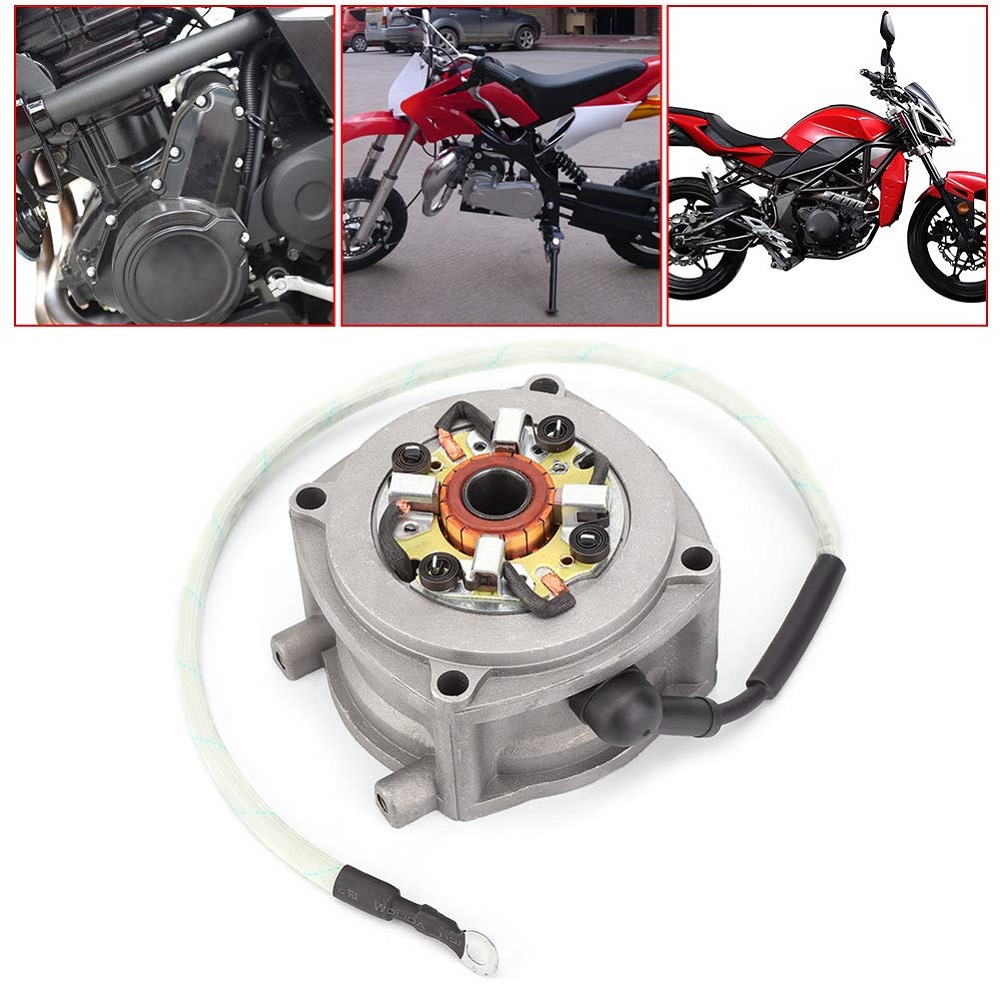
Recommendations for Starter Motorcycle Models
Selecting the right starter motorcycle model is crucial for new riders. Some motorcycles are better suited for beginners due to their simplicity, safety features, and ease of handling. Here’s a guide to help you choose the best starter motorcycle models based on common recommendations and key features.
Top Picks for Beginner Riders
- Honda Rebel 300/500:
- Lightweight and easy to maneuver.
- Low seat height for increased stability and confidence.
- Offers a relaxed riding position, ideal for beginners.
- Kawasaki Ninja 400:
- Compact and beginner-friendly sportbike.
- Smooth engine performance with manageable power output.
- Comfortable seating for long rides.
- Yamaha MT-03:
- Naked bike design with a stylish appeal.
- Lightweight frame for easy handling.
- Excellent for city commuting and occasional highway use.
- Suzuki SV650:
- A versatile bike that adapts to different rider needs.
- Known for its smooth handling and reliability.
- Features a low-to-mid power range, suitable for new riders.
- Royal Enfield Meteor 350:
- Cruiser-style motorcycle with a relaxed riding experience.
- Simple, classic design with essential features.
- Affordable and low maintenance.
These models are considered among the best for beginner riders due to their balance of power, comfort, and user-friendly features.
Features to Look for in a Starter Motorcycle
When choosing your first motorcycle, analyze its features carefully. Here’s what to prioritize:
- Lightweight Build:
- Easier to handle and control during rides.
- Helps reduce strain during traffic or parking maneuvers.
- Low Seat Height:
- Allows both feet to touch the ground for better stability.
- Increases confidence for new riders at stops and starts.
- Manageable Engine Capacity:
- Aim for 250cc–500cc for balanced power and control.
- Avoid high-capacity engines as they may feel overwhelming.
- User-Friendly Controls:
- Ensure smooth throttle response and predictable handling.
- Clutch and brake levers should be easy to grip and operate.
- Affordable Maintenance:
- Models with lower upkeep costs are better for new riders.
- Look for bikes with readily available parts and simple servicing.
- Safety Features:
- Opt for bikes with ABS (Anti-lock Braking System) for added safety.
- Good braking systems and reliable traction are essential for beginners.
By selecting a model that aligns with these features, you ensure a safer and more enjoyable riding experience. Take the time to test different models to see what feels most comfortable and confidence-inspiring for your needs.
Customization and Personalization Options
Making It Your Own
Once new riders become comfortable with their motorcycles, they may want to explore customization options. Adding personal touches can enhance the riding experience and make the bike feel truly yours. Customizations can range from simple modifications, like handlebar grips and seat covers, to more complex changes, such as exhaust systems and paint jobs. Exploring different styles can also inspire creativity and individuality in the riding community.
Enhancing Performance
Customization isn’t just about aesthetics; many riders aim to improve their bike’s performance through modifications. Upgrading components such as the suspension, brakes, or tires can enhance handling and stability. Installing new performance parts can provide a noticeable difference in overall riding experience. Riders should research carefully before making any performance upgrades to ensure compatibility with their starter motorcycle.
Joining the Customization Community
Many enthusiasts enjoy sharing their customization journeys online. Joining forums or social media groups focused on motorcycle modifications provides an opportunity to connect with like-minded individuals. These platforms are often filled with tips, advice, and inspiration from other riders. Engaging with the customization community can help novice riders learn from others’ experiences, making the process more enjoyable and less intimidating.
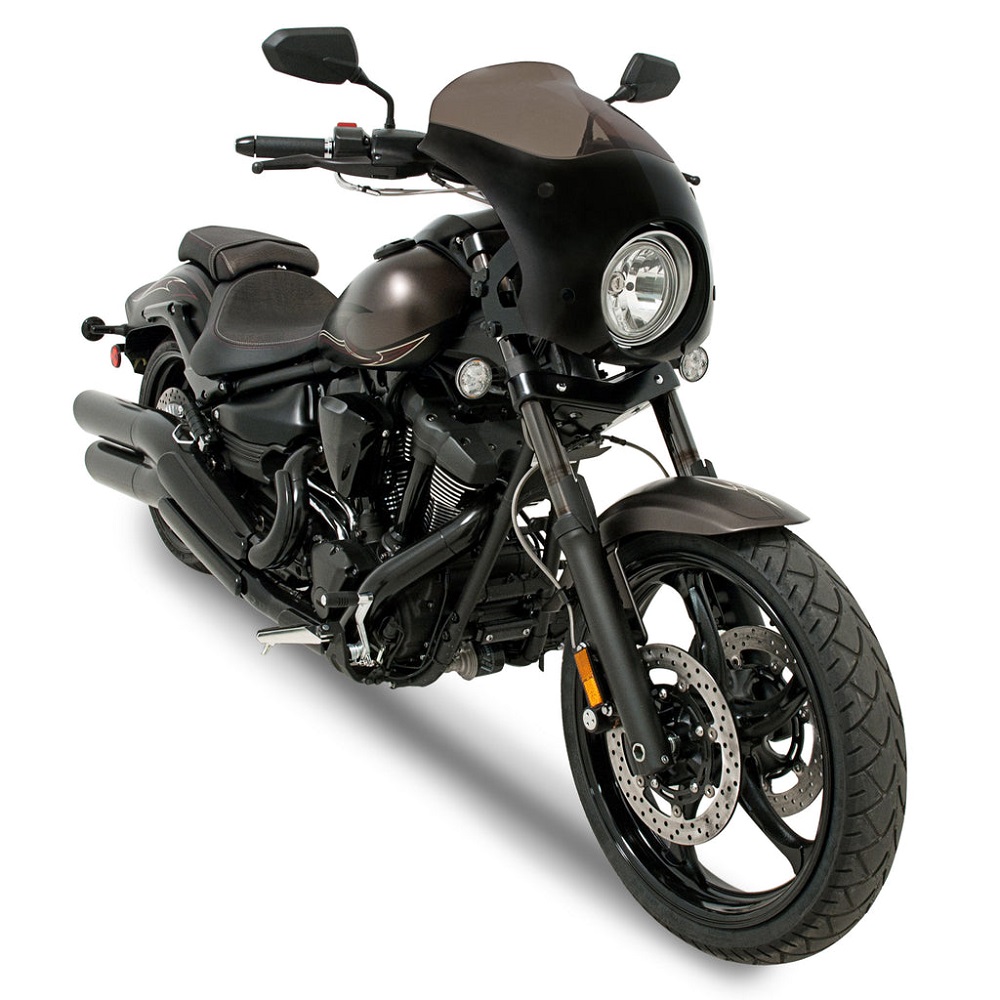
Preparing for the Next Steps
Planning for Future Upgrades
As riders gain experience and confidence, they might consider upgrading to a larger or different motorcycle. Planning for this transition can be exciting and should align with the rider’s evolving needs and preferences. Understanding which skills have been developed and what types of riding appeals to the individual can inform the decision when the time comes. Starting a list of desired characteristics in a future motorcycle can help narrow down choices when it’s time for an upgrade.
Continuing Education
Motorcycling is a lifelong learning journey. New riders should consider taking advanced riding courses as they become more comfortable with their bikes. These courses focus on advanced techniques, safety strategies, and skills enhancement. Continuing education can significantly improve riding proficiency and encourage safer habits on the road. Many groups offer specialized training for different riding styles or conditions, allowing riders to expand their skill set further.
Embracing the Community
Finally, embracing the motorcycle community adds a layer of enjoyment to the riding experience. Engaging with fellow riders at local events, charity rides, or motorcycle shows provides opportunities to make friends and share experiences. The camaraderie found in the community can support personal growth and help navigate challenges while riding. Being an active member of the motorcycle community fosters a sense of belonging, enriching the journey for new riders and reinforcing the joy of motorcycling.
Leave a Reply